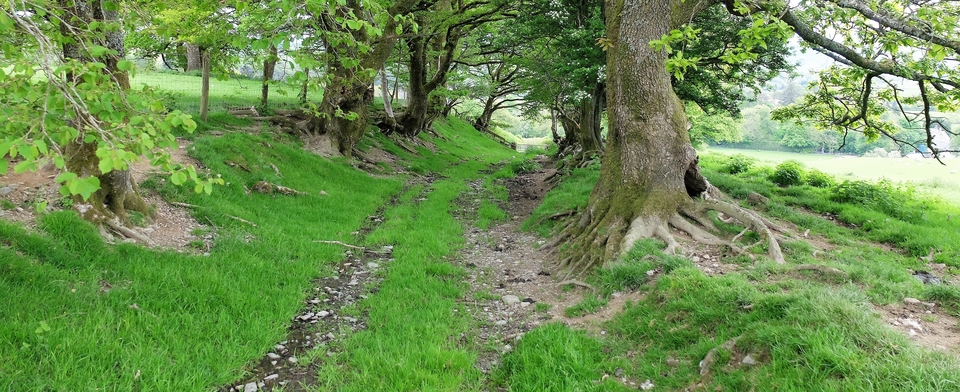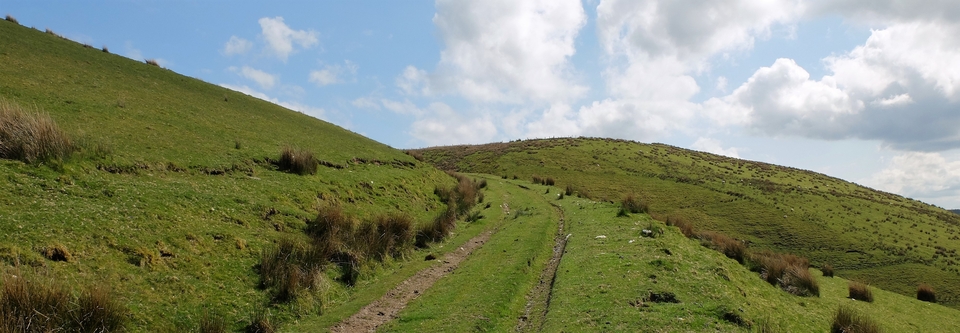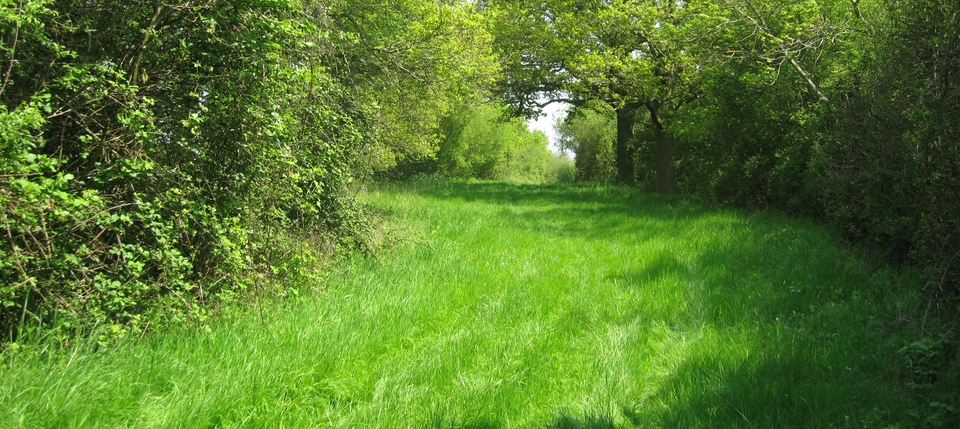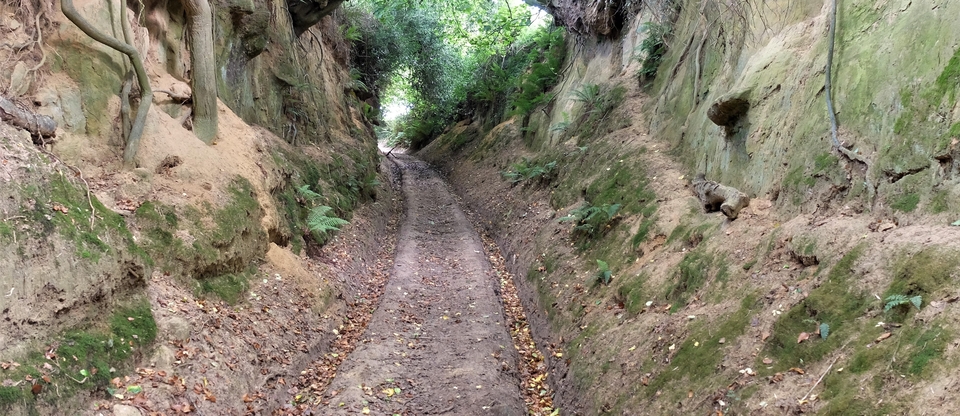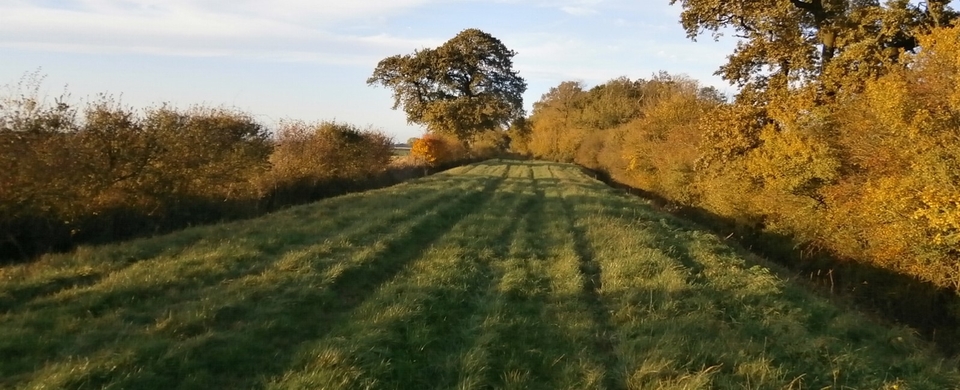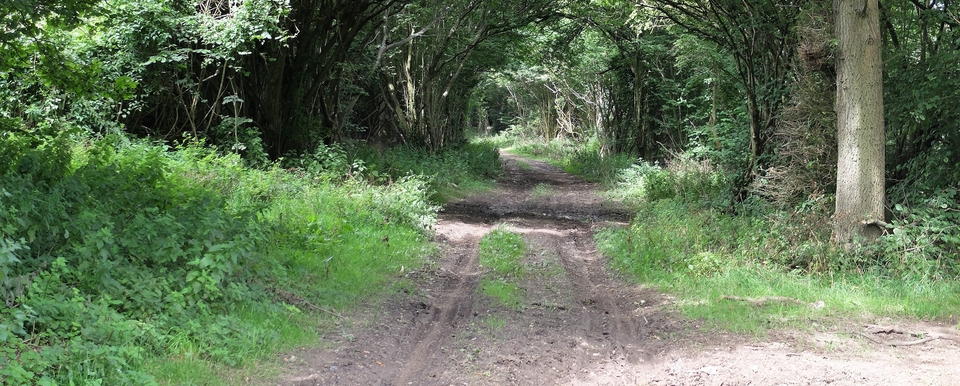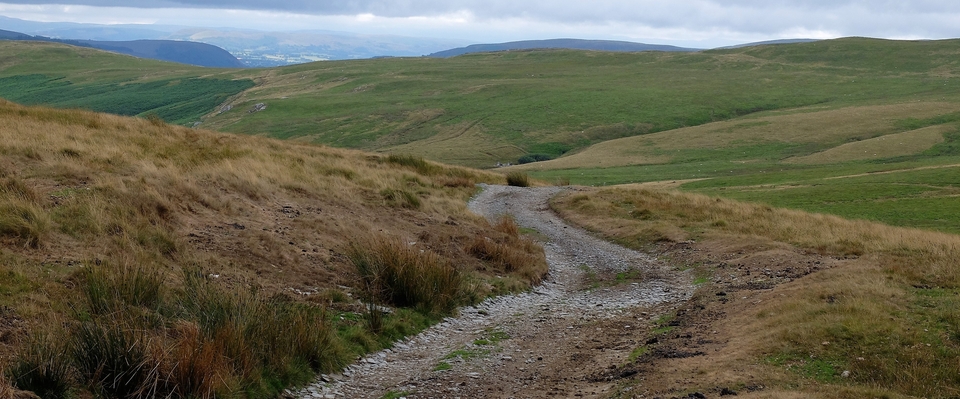English St David Churches
This article was prompted by Chris Collins, who wrote to the website from Airmyn, on the Humber in East Yorkshire, with an interesting theory about the churches in England dedicated to St David. There are 26 of them.
Here is Chris’s letter:
“The church at Airmyn was created in 1311 by the villagers, who were worried that the church that they had to attend in a local town was difficult to access in bad weather and so they feared that they wouldn't be able to confess their sins before death in order to ensure that they would go to Heaven. The Archbishop of York refused to consecrate the church at that point, but a later Archbishop did agree to do so and the church became 'legal' in 1318.
“I had never thought of any link between drovers and the dedication to St David until I watched a talk online about Welsh drovers and that got me thinking. I live in West Cowick and, on the East side of our village there is an area called Little London. I already knew that this might indicate a place where drovers set up seasonal camps, but hadn't considered before its proximity (about 4 miles) from a village with a church that has a 'mystery' dedication to St David.
“Scottish drovers would make a lot more sense in Yorkshire. However, this wouldn't really explain the St David link. I have been speaking to our Community Archaeologist who has been carrying out a dig in a village a few miles away called Skipwith. It seems that Skipwith has a pub called The Drovers' Arms. Also, he has told me that, according to Wikipedia, the origin of the surname (and placename?) Skipwith is derived from Old English "sceap" (sheep) and Old Norse "vath" (ford or wading place)". He has suggested that it would make sense for medieval sheep farmers to drive sheep to participate in the lucrative trade in wool to the low countries. It would be easier to let the sheep carry their own wool all the way from Wales then shear them in Yorkshire. There are lots of ports they could be using, including Airmyn. St Mary's Abbey in York owned Airmyn in medieval times and ran a busy port from there.”
All the St Davids are listed on the website https://www.blanchflower.org/cgi-bin/qsaint.pl?qn=St%20David
Obviously, if anyone out there has more info about any of the 26, please email. Meanwhile, Thanks Chris!
Added, Easter 2024
I've been trawling through the twenty-six St Davids in England, which has thrown up a few thoughts...
First, nearly half (12) are modern churches, maybe started by Welsh communities in a rather heathen England, maybe for other reasons. But they have no drover connection.
Four more are C19, so again, no drover connection.
That leaves ten old churches dedicated to St David. Three are west of the Wye, so must have either been inside the Principality at one time or have had strong Welsh connections. All are in Herefordshire.
Four are in Devon & Cornwall. Again, those counties had strong Welsh connections through trade (and anti-English sentiments?) - and with Brittany (Armorica) as well. I've been told that Breton is related to Welsh.
That leaves three. Two are in Yorkshire, one in Cheshire. The Cheshire one could well have been en route to Liverpool; the Yorkshire pair may both be related to the Low Countries wool trade...
